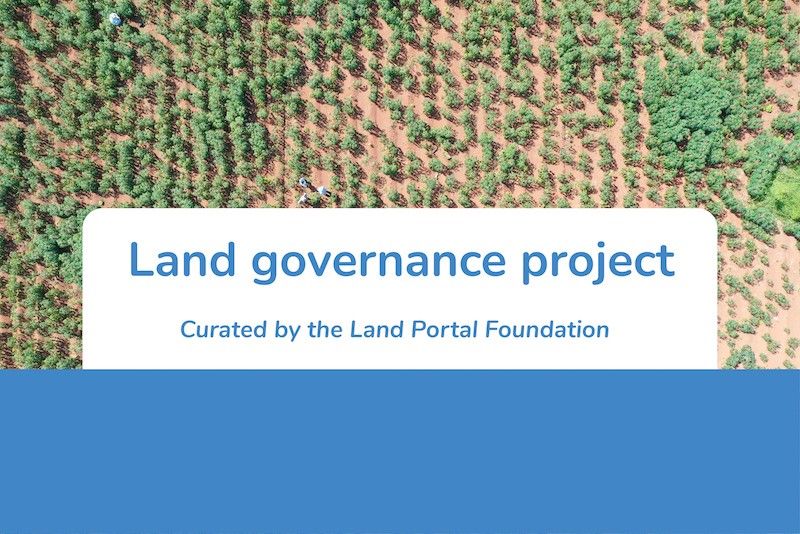Community / Land projects / Land and natural resource degradation neutrality and community vulnerability reduction in selected Miombo and
Land and natural resource degradation neutrality and community vulnerability reduction in selected Miombo and

€4384157.873
06/21 - 06/21
Completed
This project is part of
Implementing Organisations
Donors
Data Providers
Objectives
Project Objective: To initiate a transformational shift towards sustainable, integrated management of multi-use dryland landscapes in the Miombo-Mopane ecoregions of Angola (Okavango and Cunene river basins) based on Land Degradation Neutrality principles
Other
Note: Disbursement data provided is cumulative and covers disbursement made by the project Agency.
Target Groups
1.Benefits407.The project will work towards the implementation and mainstreaming of sustainable and integrated approaches to the management of dryland landscapes and decision-making regarding land-use in selected landscapes in Angola. By scaling-up SLM and SFM best practices in priority landscapes in the south of the country, the project will have a transboundary focus and impact (Cunene basin) complementing existing interventions, which will in turn contribute to the achievement of both the project and the Impact Program main objectives.The strengthened national policy and capacity on LDN and the empowerment of stakeholders on SLM/SFM/LR/IWRM planning and implementation in combination with the establishment/strengthening of inclusive dryland commodity value chains will have a positive impact beyond the target landscapes.408.Global benefits from the project’s successful implementation will include:·The project will apply the LDN response hierarchy to 633,278 hectares of production systems located within the two target landscapes that cover 1.3 million hectares of Miombo-Mopane woodlands.·Carbon benefits: Through the land management strategy mentioned above, the project will both sequester carbon and avoid emissions in the AFOLU sector,totaling1,047,911tCO2-eq.·Co-benefit of GEF investment: At least 2,000 households, comprising approximately 10,000 individuals, will benefit directly from the GEF investment within the two project landscapes.409.Project activities will focus on enhancing key stakeholders’ capacity for handling spatial data, develop strategic partnerships, mobilizing finance, and conceiving projects, all related to SFM/SLM practices, creating conditions for collaborative landscape management. The project expects to train approximately 2000 land users in multiple locations across the landscapes of southern Angola (targeting at least 35% are women) with focus on skills development for SLM/SFM practices through the Farmer Field Schools and Forest Farm Facility approaches as applicable. Within the landscapes, the project expects to engage with 10,000 local stakeholders at the level of households. Efforts will be made to enlist the participation of female-headed and dual-headed households at higher rate than male-headed households (target 65% for female plus dual)410.SFM/SLM practices mainstreamed in the country:Principles and evidence-based best practices of SFM/SLM will be disseminated among project beneficiaries, including local communities and national institutions. By implementing activities related to it, the project will be able to reduce key policy barriers currently challenging the country’s enforcement to prevent causes of land degradation and will bring a positive long-term impact on a part of Angola where LD is the most critical issue.411.GreenValue chain development:The project foresees the strengthening of viable and sustainable promising value chains identified during the PPG process. Producer organizations will be able to participate in capacity building activities, as well as have access to finance and market mechanisms which will allow their business to develop. Therefore, it is also foreseen that the project, by contributing to the productivity and sustainability of agricultural practices and green value chain development, has the potential forindirectlycontributing to long-lasting improvement of livelihoods and food security, particularly in direct beneficiary communities of the demonstration landscapes.




